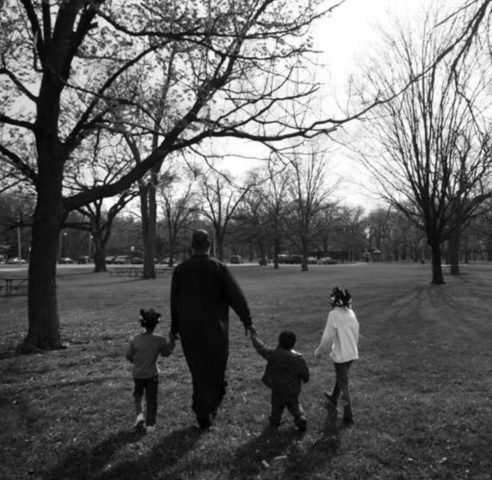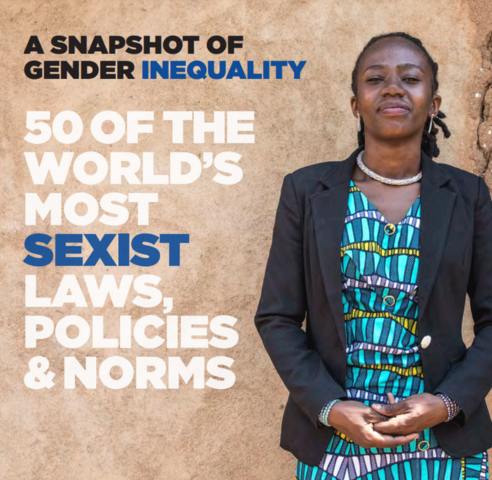The uncontrolled gender pay gap tells us that the distribution of high-earning prestigious jobs in society favors men, while the presence of the controlled gender pay gap tells us that at least some women are still being paid less than men when doing the same jobs.
Payscale’s Annual Gender Pay Gap Report 2024





